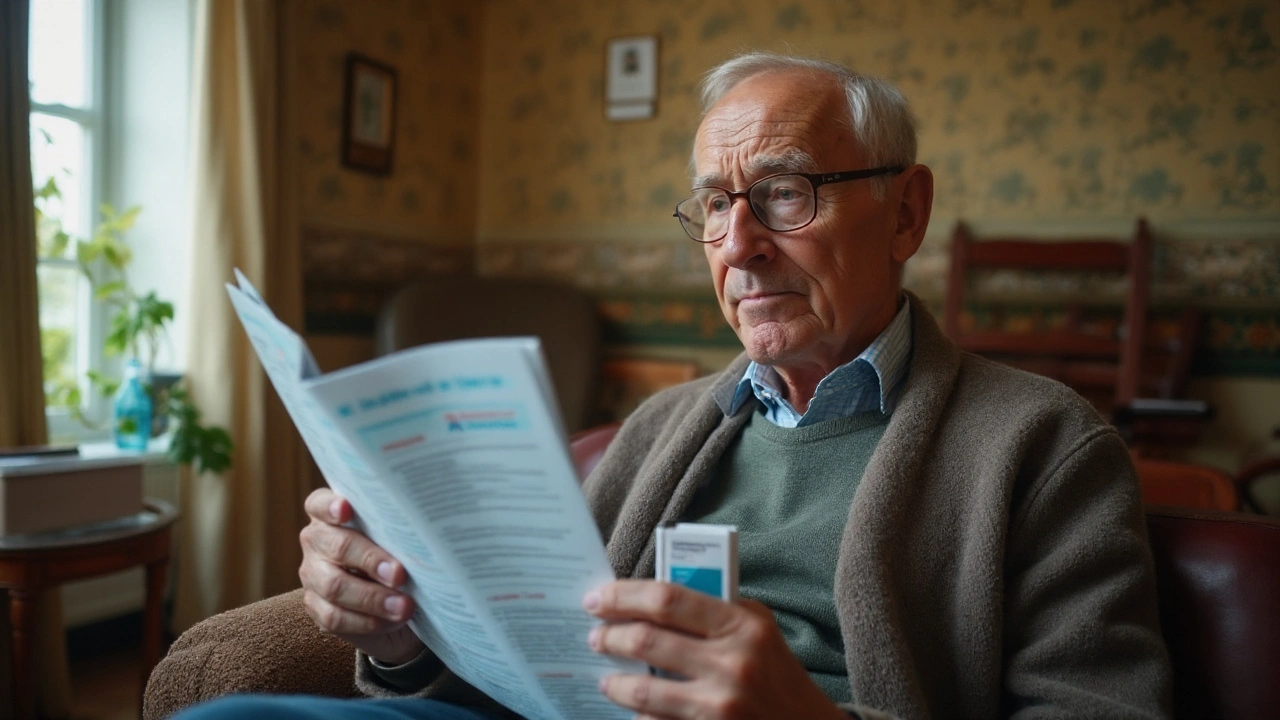Glaucoma: What You Need to Know Right Now
Glaucoma is a group of eye diseases that damage the optic nerve, often linked to high eye pressure. Many people have no pain or obvious signs early on, so vision loss can start without warning. Catching it early is the only way to slow or stop further damage.
Open-angle glaucoma is the most common type; it develops slowly as drainage channels in the eye clog. Angle-closure glaucoma can come on fast with severe pain, redness, headache, nausea, and sudden vision loss — get emergency care if that happens. Normal-tension glaucoma damages the optic nerve even when eye pressure looks normal.
Who’s at risk? Age over 60, a family history of glaucoma, high eye pressure, thin corneas, certain ethnic backgrounds (African, Latino, and Asian descent), diabetes, and long-term steroid use raise your chances. Routine eye exams matter more than you think: many people only learn they have glaucoma during a checkup.
How doctors diagnose it: they measure eye pressure with tonometry, inspect the optic nerve with dilation, and test side (peripheral) vision with a visual field test. Imaging like OCT gives a clear look at nerve fibers and helps track changes over time.
Treatment options
Most treatments aim to lower eye pressure. Eye drops are the first step for many patients — prostaglandin analogs, beta-blockers, alpha agonists, and carbonic anhydrase inhibitors each work in different ways. Drops need to be taken correctly and consistently; missing doses reduces protection. If drops aren’t enough, laser trabeculoplasty can improve drainage. For more advanced disease, surgical trabeculectomy or tube shunts create new drainage pathways. Newer minimally invasive glaucoma surgeries (MIGS) offer lower risk but may provide smaller pressure drops.
Talk with your eye doctor about side effects, costs, and how each option fits your lifestyle. If you use other medications or have health issues like heart disease or asthma, some glaucoma drugs may need caution.
Living with glaucoma
Keep all follow-up visits and visual field tests. Track your medications and set reminders on your phone or with a pill box. Wear protective eyewear for sports and avoid head-down yoga positions that spike eye pressure for some people. Healthy habits like controlling blood sugar, staying active, and not smoking help overall eye health.
Ask your eye doctor how often to return — follow-ups can be every few months or yearly based on risk. Write down test results so you can compare them over time. If cost is an issue, ask about generic eye drops, assistance programs, or clinics that offer sliding-scale fees. Driving safety is a concern; if night or side vision worsens, stop driving and discuss alternatives with family.
If you notice worsening side vision, sudden eye pain, halos around lights, or nausea with vision changes, seek care right away. Get family members screened if you have glaucoma — relatives may be at higher risk.
Glaucoma often becomes a manageable chronic condition when caught early. Regular eye exams and clear action with your eye care team give you the best chance to keep your sight.
- October 12, 2025
- Comments 15
- Health and Wellness
High Eye Pressure & Eye Twitching: Understanding the Link
- July 31, 2025
- Comments 18
- Medications and Supplements


